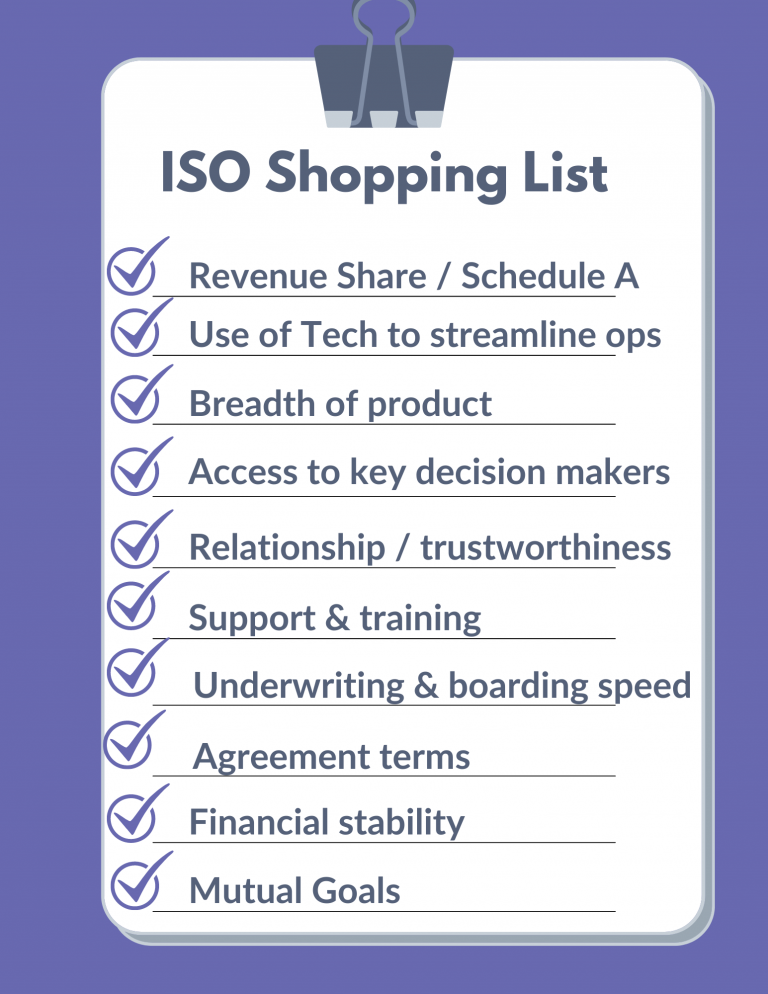If you’re spending more time on new sales rather than supporting existing merchants, you might just be on a hamster wheel to nowhere.
With typical attrition rates hovering around 20%, that number can be almost impossible to overcome, even by the very best merchant services sales force.
What can you do about it?
The easiest and best place to start is choosing a processing partner that addresses these support areas well:
- Access to right-fit products & solutions for the types of merchants you serve. What are the pain points your merchants experience, and who has the solutions that best address them?
- Access to a self-service reporting platform that is easy to use and accurate.
- Transparency delivered, not just talked about. If there’s an issue that affects merchants, do they own it or do they use the complexity of payments to hide behind it? When you want to dig deeper into the data for your merchants, do you have that information available?
- Customer service requests like refunds and cancellations are handled fairly and quickly.
Also:
Reviewing merchant attrition should be an ongoing activity. What are their reasons for leaving? Do you see any trends? How can you address them?
The old adage is true ~ if you’re not growing, you’re dying. But don’t focus so much on bringing new business through the front door that you fail to see the back door swinging wide open.


